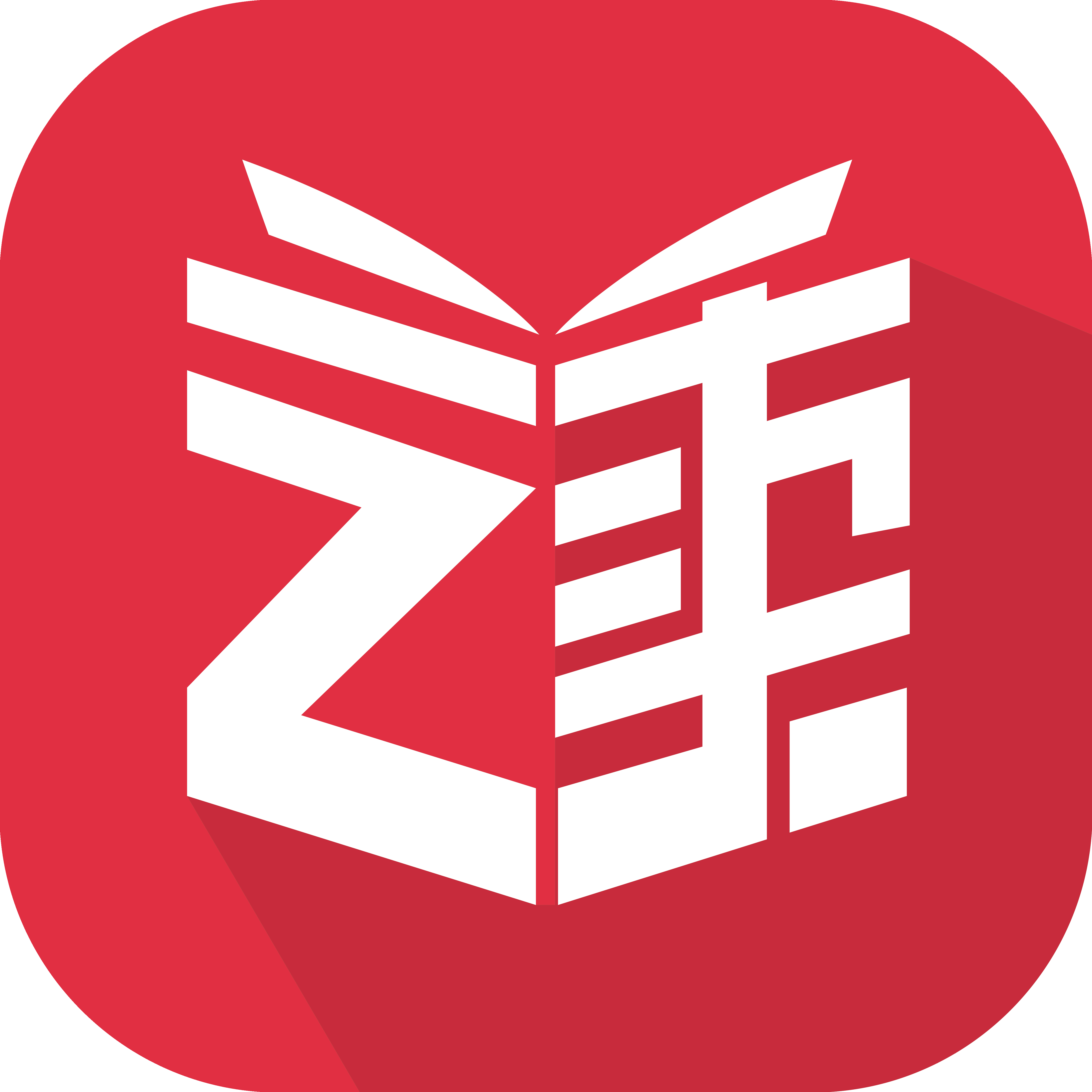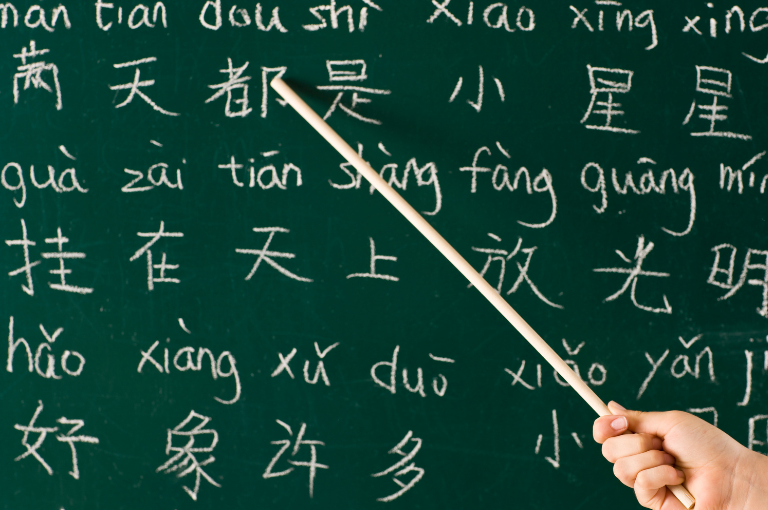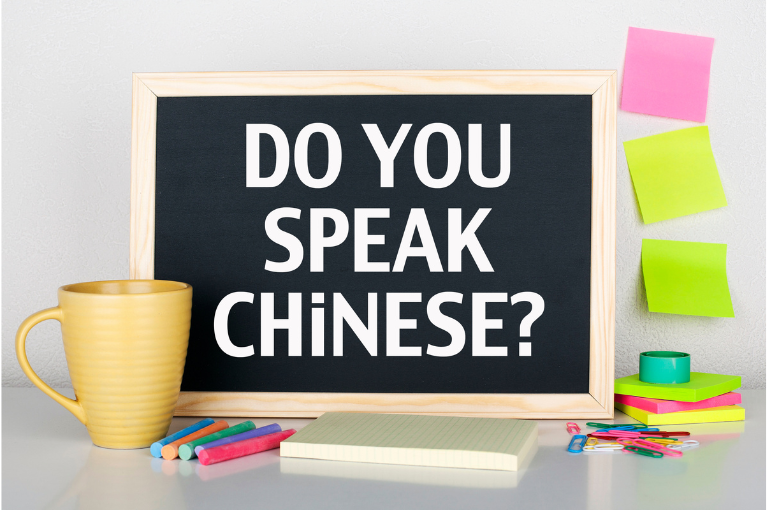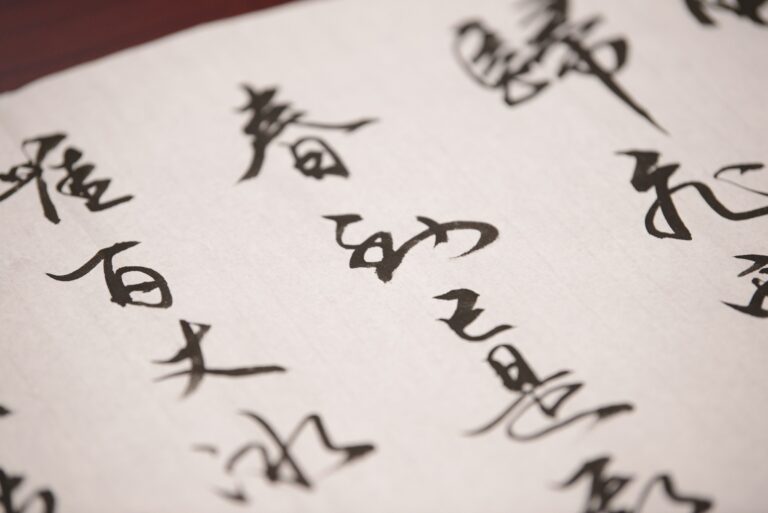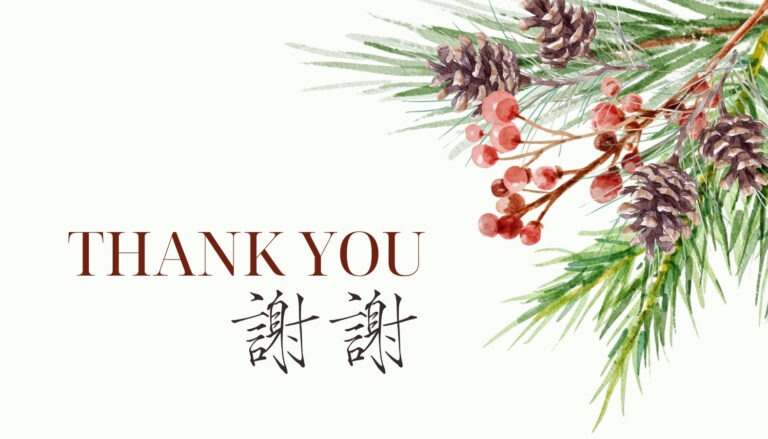How to Read Chinese: What is Pinyin?
In the English language, and other Romance languages (Spanish, French, Italian, etc…) the phonetic and writing systems are tied together. Each letter in a word represents one of its sounds. It is often difficult for speakers and readers of English to learn to read Chinese because Chinese writing is a pictographic system. Chinese uses Han characters that evolved from pictures and symbols to represent words and meanings but not necessarily sounds.
What is pinyin?
Pinyin is a phonetic sound system that uses Roman letters to transcribe the Chinese sounds. Directly translated, “Pin Yin” means “Spell Sound”. Versions of Pinyin have been around since the 1600s, though the current standard is relatively new. Officially called Hanyu Pinyin, it was developed and published by the Chinese government in the 1950s as both a way to improve literacy rates and standardize the pronunciation of Chinese characters.
The International Organization for Standardization (ISO) and the United Nations adopted Hanyu Pinyin in the 1980s, and most of the rest of the world has followed suit, though some older versions of romanization can still be seen throughout parts of Asia. Before the Chinese Pinyin system existed, about 85% of the Chinese in Mainland Chinese were illiterate.
How does pinyin work?
Pinyin uses Roman letters to transcribe Chinese sounds. In Chinese, each character corresponds to one syllable (which can be one word, or part of a word). Chinese syllables consist of three elements: an initial sound, a final sound and a tone. It sounds like a lot for one syllable, but it’s just like the English word “cat” — three sounds in one syllable!
Initial sounds are consonants, and final sounds contain at least one vowel. It is also possible for a syllable to consist only of an initial sound or a final sound. In (Mandarin) Chinese there are 21 initial sounds, and 35 final sounds. The initial and final sounds make a total of 56 basic sounds. For comparison, English has 44 basic sounds.
Combinations of initial sounds and final sounds result in 411 possible combinations. Once you apply the four tones of Mandarin Chinese to this, that is a total of around 1,600 unique syllables. That sounds like a lot! But don’t worry, we’re going to break everything down for you.
What are tones in Chinese?
So now, what are tones?
Mandarin Chinese is a tonal language. There are four tones (or five if you include the neutral tone) in Chinese that help to clarify the meanings in words. The same syllable can be given different meanings based on the tone. Tones are denoted when writing in Pinyin with accent marks. The four tones are listed below:
- High level tone: ā pronounced as the tone of your voice if singing “aaaaah”
- Rising tone: á pronounced as the tone of your voice when asking a question “Huh?”
- Falling rising tone: ǎ pronounced as the tone of your voice when saying “meow”
- Falling tone: à pronounced as if saying an order like “Stop!”
It is very important to learn your tones, as using the wrong tone can convey something completely different than you meant to.
Why is pinyin important?
So why should you learn Pinyin if you’re trying to learn to read Chinese? Pinyin has become especially important to both native Chinese speakers and non-native learners in this modern, digital age. It gives people a way to type out Chinese characters on a regular keyboard and is the most popular way to text in Chinese as writing out characters on a touch pad can take a lot longer and easily lead to mistakes. Pinyin will also help to reinforce the correct pronunciation when you are learning new words.
Although Chinese differs greatly from English, it is a fun language to learn. Check out our next post to learn more about how to pronounce words correctly when reading in Pinyin!
